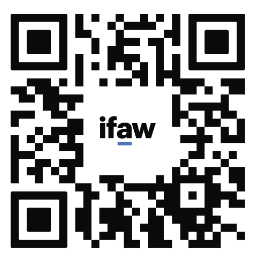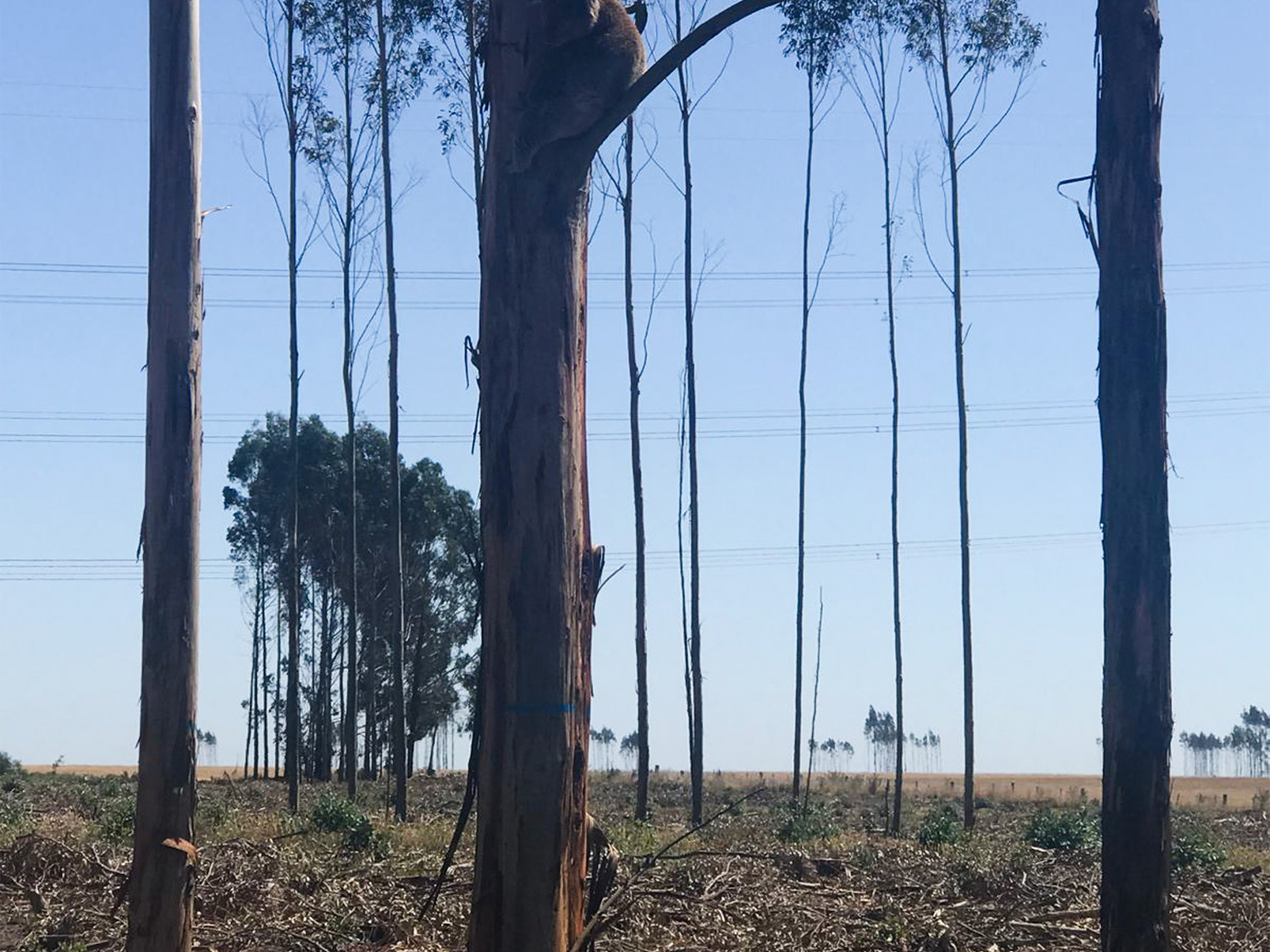More than 120,000 people have joined the International Fund for Animal Welfare’s (IFAW) calls for an urgent parliamentary inquiry into the welfare and ecological crisis facing southwest Victoria’s koalas.
This crisis has been unfolding in the region for decades.
Koalas were hunted to near extinction in the 1900s for their fur, with millions of pelts shipped to the US, UK, and Canada to make hats and gloves. The trade only stopped when the US banned koala fur imports in 1927.
Queensland and NSW populations never recovered, and habitat loss kept numbers low. In 2012, koalas were listed as vulnerable; by 2022, they were uplisted to endangered.
Victoria’s koalas faced a different challenge. As agriculture expanded, native eucalypts were cleared, forcing koalas into small patches of forest. Overcrowding led to food scarcity and over-browsing. Misinterpreting their visibility as over-abundance, authorities implemented translocations, culls, and fertility controls—ignoring the real issue: the lack of koala feed trees and habitat connectivity.
In the 1990s, blue gum plantations replaced farmland, offering fast-growing trees for paper production. The region now bears thousands of hectares of blue gum plantations.
Every year, about two million tonnes of wood chip are shipped to pulp and paper manufacturers in China and Japan. These paper products are then traded internationally, including to the US and Australia, to unsuspecting consumers. Most buyers are unaware of this shameful secret that taints paper production.
No-one could have predicted that koalas would move into these plantations on the scale they did.
As their native habitat disappeared, koalas faced a housing crisis. So, when blue gum saplings grew into tall, skinny trees, they offered an attractive sanctuary for thousands of koalas seeking refuge.
For a time, koalas thrived. But this utopia was soon shattered when harvesting machines cut down the trees they had made their new homes. Koalas are notoriously hard to spot with the human eye. They blend into the gum trees’ silver foliage, which inevitably leads to injuries and deaths.
Wildlife rehabilitator Tracey Wilson from Mosswood Wildlife started seeing animals with horrific injuries including broken limbs, impact wounds, severed arms, and dead koala mothers with joeys still alive in pouches.
She appealed to the government and the plantation industry, to no avail. In 2012, at a national koala conference, she told her story to a stunned room of fellow rehabilitators and researchers. Since then, IFAW has supported Tracey in her mission to expose and address this travesty.
The story made national and global headlines in July 2013 after concerned blue gum workers blew the whistle with damning footage of koalas being killed and injured. Then in 2014, IFAW co-drafted a code of conduct for koala management in forestry plantations. Guidelines were adopted in 2015, but they weren’t mandatory. In 2017, IFAW called on its global supporters to put pressure on the Victorian government to protect koalas in blue gum plantations. Over 60,000 emails were sent to the environment minister—finally prompting progress.
The government introduced regulations, including mandating that koala spotters identify koalas on-site prior to harvests. But this is not foolproof, as koalas are notoriously hard to spot even by trained professionals. It also only addresses half the problem, failing to require companies to retain or provide habitat for koalas to live in once their trees are cut down.
The harvesting industry must take some responsibility. They have a moral obligation to offset the damage they are causing by investing some of their lucrative profits into providing permanent habitat and corridors, so these koalas can live and move freely.
The government must also strengthen and enforce welfare regulations. We need a radical approach: protect land, replant trees, and build corridors for koalas to move freely. This is the key to a future of peaceful coexistence with these animals.
That is why we are calling on you to take action and sign our petition by scanning the QR code.

By IFAW Oceania Wildlife Campaign Manager Josey Sharrad
Top Image: Blue gum Koala
October 2025
